
Ingredient
Asparagus peas (with pods)
The Delicate Delight: Exploring the Unique Asparagus Peas
Asparagus peas are small, elongated pods that resemble a cross between snow peas and asparagus. They have a vibrant green color and a delicate, crisp texture. The pods are slightly curved and contain small, round seeds. When cooked, the pods become tender and develop a subtle nutty flavor. Asparagus peas are often enjoyed for their unique combination of crunchiness and tenderness, making them a delightful addition to stir-fries, salads, and vegetable medleys.
Origins and history
Asparagus peas have a rich history that dates back centuries. Native to Southeast Asia, particularly Indonesia and the Philippines, they have been cultivated and consumed in these regions for generations. Asparagus peas were introduced to other parts of the world during the colonial era and have since gained popularity in various cuisines. They are highly valued for their versatility, nutritional benefits, and ability to thrive in diverse climates.
Nutritional information
Asparagus peas are a nutritious ingredient, rich in protein, fiber, and essential vitamins and minerals. They are particularly high in vitamin C, vitamin A, iron, and potassium. With only around 40 calories per 100 grams, asparagus peas are a healthy addition to any diet.
Allergens
Asparagus peas are not commonly associated with allergies, making them a safe choice for most individuals.
How to select
When selecting asparagus peas, look for pods that are bright green, firm, and free from blemishes or discoloration. The pods should feel crisp and snap easily when bent. Avoid pods that are wilted or have a yellowish hue, as they may be past their prime.
Storage recommendations
To maintain the freshness and quality of asparagus peas, store them in a perforated plastic bag or airtight container in the refrigerator. They can be kept for up to 3-4 days. Avoid washing the pods until ready to use, as excess moisture can accelerate spoilage.
How to produce
Asparagus peas can be grown by amateur gardeners in warm climates. They thrive in well-drained soil and require full sun exposure. Sow the seeds directly in the garden or in containers, ensuring a spacing of about 6 inches between plants. Regular watering and occasional fertilization will help promote healthy growth. Harvest the pods when they are young and tender, typically around 60-70 days after planting.
Preparation tips
Asparagus peas can be enjoyed both raw and cooked. To prepare, rinse the pods under cold water and trim the ends. They can be blanched, stir-fried, steamed, or added to soups and stews. Asparagus peas pair well with garlic, ginger, soy sauce, and sesame oil. To retain their vibrant color and crispness, it is best to cook them briefly, as overcooking can result in a loss of texture and flavor.
Substitutions
Snow peas or sugar snap peas can be used as substitutes for asparagus peas, although they do not offer the same unique flavor and texture.
Culinary uses
Asparagus peas are commonly used in stir-fries, salads, and vegetable side dishes. They can also be pickled or added to curries and noodle dishes. Their delicate flavor and crunch make them a versatile ingredient in various cuisines, including Southeast Asian, Indian, and Mediterranean.
Availability
Asparagus peas are commonly available in Southeast Asian countries, such as Indonesia, the Philippines, and Thailand. They can also be found in specialty Asian markets or gourmet grocery stores in other regions.
More ingredients from this category

Chickpeas (with pods)
The Versatile Legume: Chickpeas with Pods

Moringa (with pods)
The Nutritional Powerhouse of Moringa Pods

Pigeon peas (with pods)
Versatile Legume with Edible Pods

Chickling vetches (with pods)
The Versatile Legume: Exploring the World of Chickling Vetches

Winged pea (young pods)
The Delicate Delight: Exploring the Winged Pea's Young Pods

Garden peas (with pods)
The Green Gems of the Garden
Recipes using Asparagus peas (with pods) » Browse all

Spanish Chorizo Paella
Sizzling Chorizo Fiesta: A Flavorful Spanish Paella Delight
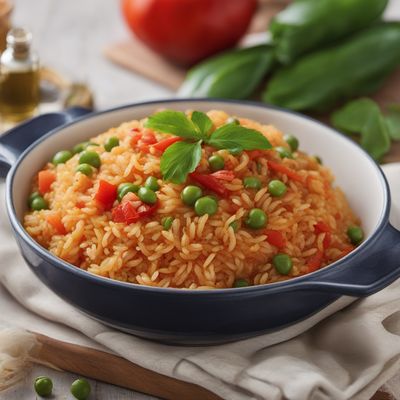
Spanish-style Bacalao Rice
Arroz de Bacalao: A Spanish Delight

Homestyle Mattar Paneer
Spiced Peas and Cottage Cheese Delight

Matar Pulao with Fragrant Basmati Rice
Fragrant Basmati Rice Delight: Matar Pulao
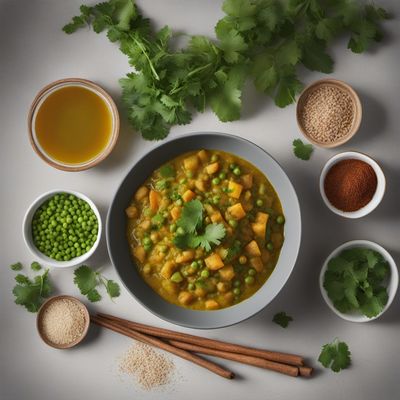
Aloo Matar with a Twist
Island-Inspired Aloo Matar: A Fusion of Indian and North Atlantic Flavors
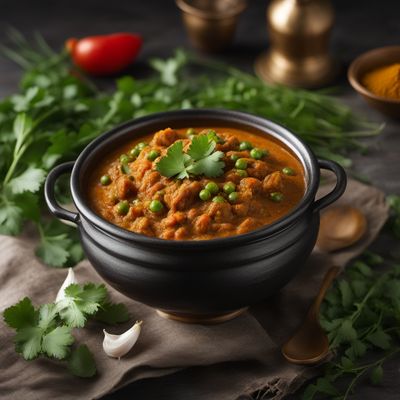
Gobi Matar Curry
Spiced Cauliflower and Peas Delight
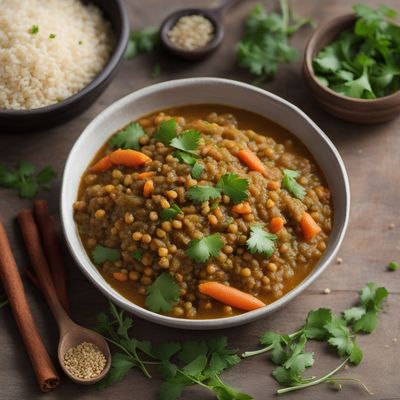
Kenyan Millet Pilau
Savory Kenyan Millet Pilau: A Nutritious Twist on a Classic Dish
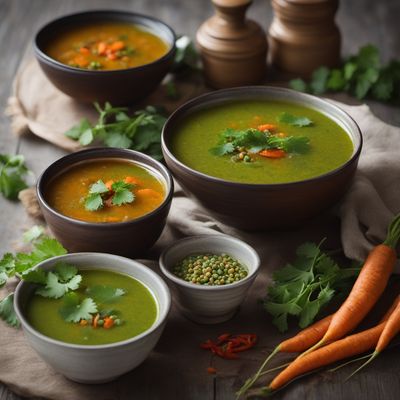
North Indian Spiced Vegetable Soup
Soul-Warming Masala Shorba: A North Indian Twist on Bouillon Soup

Nepalese Style Vegetable Chow Mein
Himalayan Delight: Nepalese Style Vegetable Chow Mein

South Indian Style Vegetable Stew with Coconut Rice
Coconut Delight: A South Indian Twist on Vegetable Stew

Shandong Shaoji with Fragrant Spices
Aromatic Shandong Chicken Delight

Dorai Karē with a Twist
Savory and Spicy Japanese Curry with a Twist of Flavor